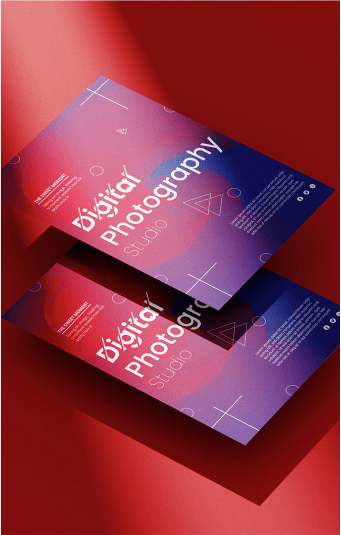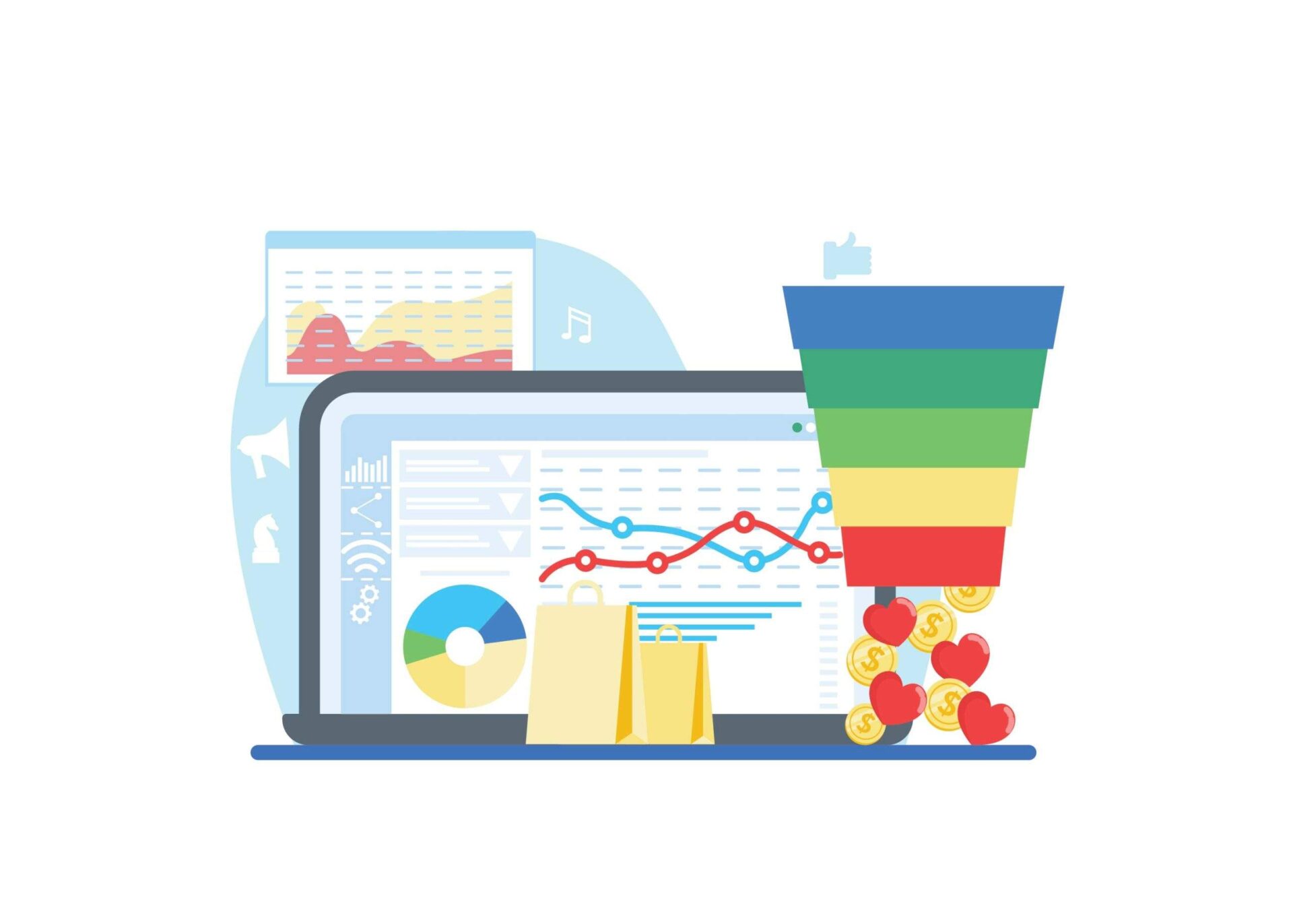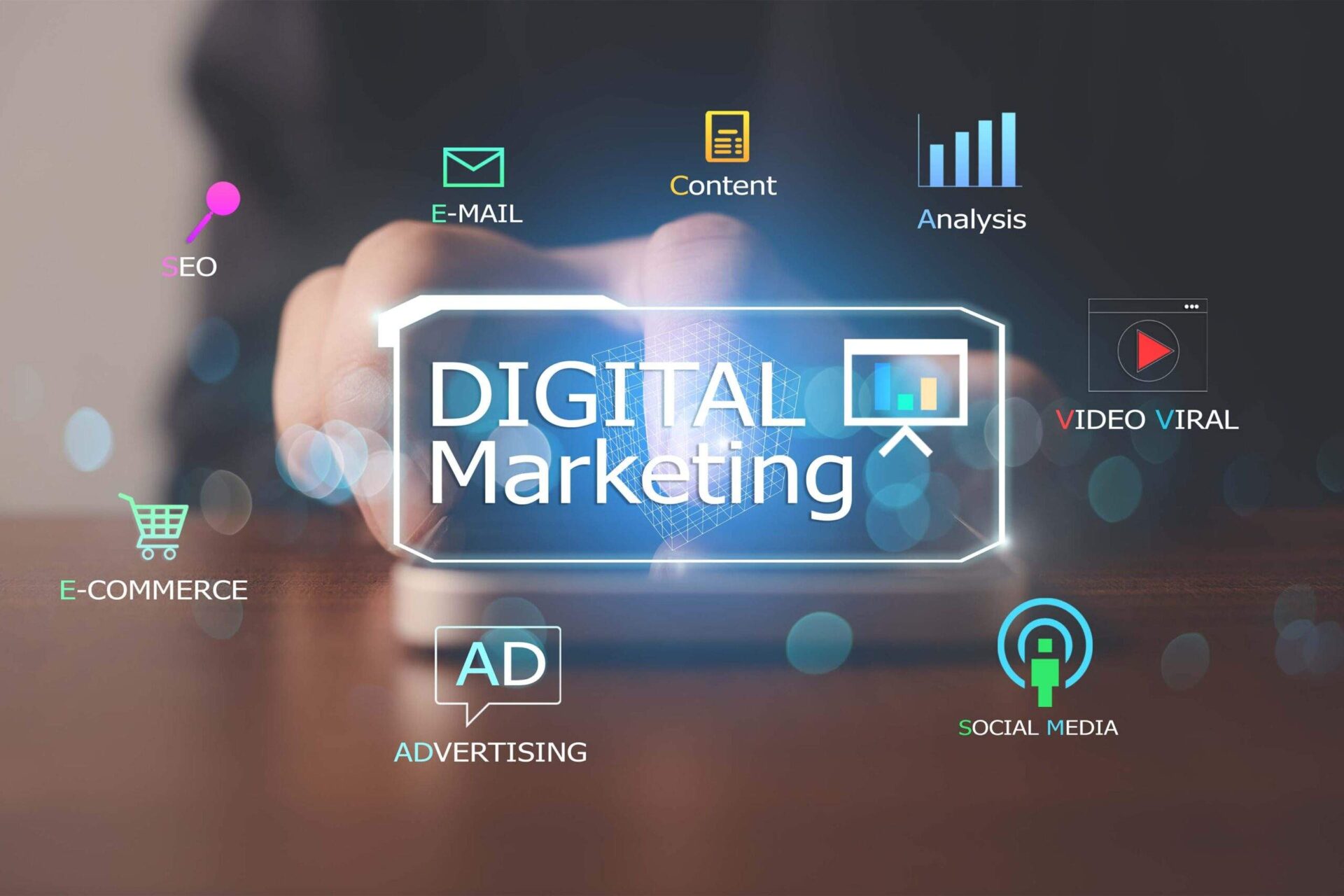If your SaaS business isn’t reaching its full potential, it’s time to supercharge your digital marketing efforts and make sure that you are taking the right steps to drive growth. The RACE Framework is an incredibly powerful tool designed to help businesses reach their desired goals and objectives. This framework takes a data-driven approach when creating content, optimizing campaigns, and tracking results using analytics platforms. In this blog post, we’ll explain what the RACE Framework is all about and provide tips for getting started on implementing it for your own SaaS company so that you can see impressive results in just a few short weeks.
Introducing the RACE framework – Reach, Act, Convert & Engage
The RACE framework is a digital marketing model that guides businesses through the four main stages of a customer’s journey: Reach, Act, Convert, and Engage. Each stage is vital in building a strong online presence, attracting potential customers, and retaining loyal ones. First, Reach focuses on increasing brand awareness and visibility through social media, SEO, and email marketing. Act refers to creating engagement opportunities through website interactions, such as content creation, lead generation, and social media engagement. Next, Convert focuses on converting leads into paying customers through targeted sales funnels and personalized experiences. Finally, Engage hones in on building long-term relationships through ongoing engagement, customer loyalty programs, and customer feedback. By implementing the RACE framework, businesses can effectively navigate the complex world of digital marketing and achieve their goals.
Overview of the RACE Framework and Its Benefits to SaaS Digital Marketing
The RACE framework is a valuable tool for any business seeking to stay competitive in the world of digital marketing. By breaking down the customer journey into four key stages – Reach, Act, Convert, and Engage – this framework offers a clear and actionable roadmap for businesses looking to optimize their online presence. Within the SaaS industry in particular, the RACE framework can help businesses to better understand the needs and behaviors of their target audience, allowing them to tailor their digital marketing efforts to achieve maximum impact. By focusing on the RACE framework, SaaS businesses can build a marketing strategy that delivers results, driving both brand awareness and customer engagement. So, it’s important for SaaS digital marketers to understand the benefits of the RACE framework and how to implement it in their marketing campaigns.
Step 1 – Reach – How to Get Your Message in Front of Your Target Audience
In today’s fast-paced and highly competitive business world, capturing the attention of your target audience is no mean feat. That’s why the RACE framework is such an important tool to add to your marketing toolkit. The “Reach” step is all about getting your message in front of the right people – those who are most likely to buy from you. With so many channels available – from social media to email marketing, advertising to content creation – it can be hard to know where to start. However, by identifying your target audience’s preferred channels and tailoring your messaging to suit each one, you’ll be well on your way to reaching and engaging your ideal customers.
Step 2 – Act – Creating Engaging Content That Drives Customers Toward Action
The RACE Framework Step 2 – Act, aims to help businesses drive customers towards action by creating such content. Engaging content can come in various forms such as interactive videos, infographics, podcasts, and blog posts, among others. The key is to craft content that resonates with your target audience to inspire them to take the desired action. By understanding the pain points and needs of your customers, you can create content that not only educates but also entertains, inspires, and motivates them to act. With the right content, businesses can effectively boost customer engagement, credibility, and ultimately, their bottom line.
Step 3 – Convert – How to Turn Leads into Subscribers and Sales
In Step 3 of the RACE Framework, Convert, the name of the game is turning potential leads into actual subscribers and purchasers. It’s not enough to just have interested parties, you need to guide them through the process of becoming loyal customers. This stage can be tricky, as it involves striking the balance between being informative and being persuasive. You want to educate your audience on the benefits of your product or service without sounding pushy or sales. Ultimately, the goal is to build trust with your potential customers, so they feel confident in making a purchase. By using effective techniques and strategies, you can master the art of converting leads into subscribers and, ultimately, sales.
Step 4 – Engage – Developing Strategies to Retain Existing Customers and Increase Loyalty
Retaining existing customers and increasing loyalty is a crucial aspect of any business, and the RACE Framework Step 4 – Engage, helps you do just that. To engage your customers, you need to develop strategies that cater to their wants and needs and build a strong brand-customer relationship that extends beyond just the purchase. You can achieve this by improving your customer service, creating a personalized experience for each customer, offering loyalty rewards, and following up with them regularly to gather feedback and address any concerns. By implementing these strategies, you not only retain existing customers but also generate positive word-of-mouth, which brings in new customers and ultimately helps your business grow.
How to Implement the Reach Component of the RACE Framework
Implementing the Reach component of the RACE Framework is a critical step toward building a successful online marketing campaign. It involves identifying and targeting your audience through various digital channels, such as social media and search engines. One effective approach is to conduct a thorough analysis of your target audience’s online behavior, preferences, and interests. By doing so, you can create content that resonates with them and engages them more effectively. Additionally, you can leverage paid advertising strategies such as PPC and display ads to reach a wider audience and increase your brand’s online visibility. Whether you are a small business owner or a digital marketing professional, implementing the Reach component is crucial for achieving your online marketing goals.
Important Do’s and Don’ts for SaaS Digital Marketers Utilizing the RACE Framework
As SaaS digital marketers, it’s important to embrace the RACE framework to ensure that your online marketing efforts are effective. However, there are several do’s and don’ts that you need to keep in mind to make the most of this framework. Firstly, do prioritize customer needs and desires when creating your marketing strategy. This ensures that your messaging resonates with your target audience and helps drive conversions. Secondly, don’t forget to track your results and adjust your strategy accordingly. Without proper tracking, it’s impossible to measure the effectiveness of your campaigns or identify areas for improvement. Lastly, don’t get stuck in analysis paralysis. While data-driven marketing is crucial, it’s important to also trust your instincts as a marketer and experiment with different tactics to find what works best for your brand. By following these tips, you’ll be well on your way to success with the RACE framework.
Tips for Maximizing Results with the RACE Framework
Whether you’re a seasoned marketer or just starting out, the RACE framework is a valuable tool to help you achieve your digital marketing goals. RACE stands for Reach, Act, Convert, and Engage, and it provides a comprehensive roadmap for executing a successful marketing strategy. However, like any tool, it’s only effective if you know how to use it properly. Here are some tips for maximizing your results with the RACE framework. First, be clear on your objectives and ensure they align with your overall business goals. Next, choose the right metrics to measure success. Then, create a cohesive plan that addresses all stages of the RACE framework. Finally, track your progress and adjust your strategy based on the data. By following these tips, you can ensure that your marketing campaign is effective and delivers the results you need.
Conclusion
The RACE framework is a powerful and highly effective digital marketing methodology that can be used to maximize the reach, engagement, and retention of your target audience. By following the steps outlined in the framework, you can create a robust digital marketing strategy that will generate more leads and increase sales for your business. It is important to remember to utilize all four components of the framework – Reach, Act, Convert & Engage – in order to maximize results. Additionally, make sure to optimize each component properly with engaging content and attractive visuals while avoiding ineffective tactics such as spam emails or irrelevant social posts. All of these things can be managed in a perfect manner if you plan to take professional services from a digital marketing agency. With a well-crafted RACE framework strategy in place, your SaaS business can not only reach its target market but also retain existing customers for increased loyalty and amplify their brand messaging.




























